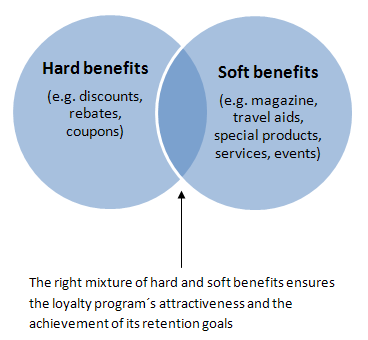Recently, while trying to obtain a mortgage, I spoke with a Quicken Loans customer service representative named Jorge (I omitted the last name here to save him some dignity). On the phone, I told him that we have not decided on a lender and that we wanted to get an idea of what Quicken Loans had to offer. Our intention was to shop around for the best deal AND service. Apparently, the fact that we are smart shoppers did not rest well with Mr. Jorge. He immediately asked us for a commitment that we are going to work with Quicken Loans if he were to spend any time working with us. When I told him that we cannot make such a commitment at this time, he refused to work with us. Needless to say, I finished my conversation with him quickly and crossed out Quicken Loans as a candidate lender.
What Mr. Jorge is trying to do is not uncommon in the business world — he is trying to lock in customers (or in my case, potential customers). Wireless companies do the same thing, by locking up our phones so that they can only be used with a specific provider. This attempt at locking in customers is not without a good reason. After all, today’s consumers are very fickle. Combined with the wealth of information we can find online and through social networks, we are given the power to choose the best service at the best price. So naturally companies want to create some kind of switching barrier so that we won’t go somewhere else.
The question is how effective such a switching barrier really is. The answer is: not very effective at all. Continue reading “Lock in vs. Loyalty”

